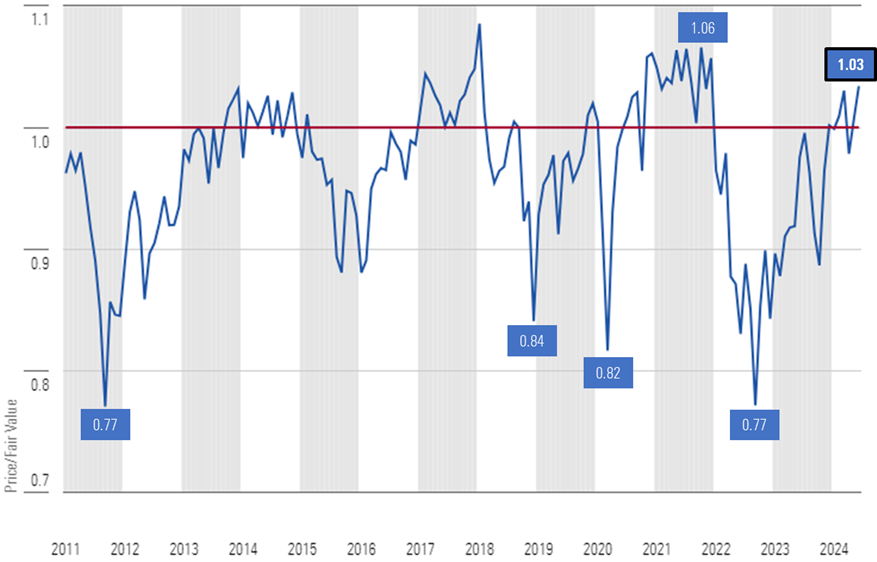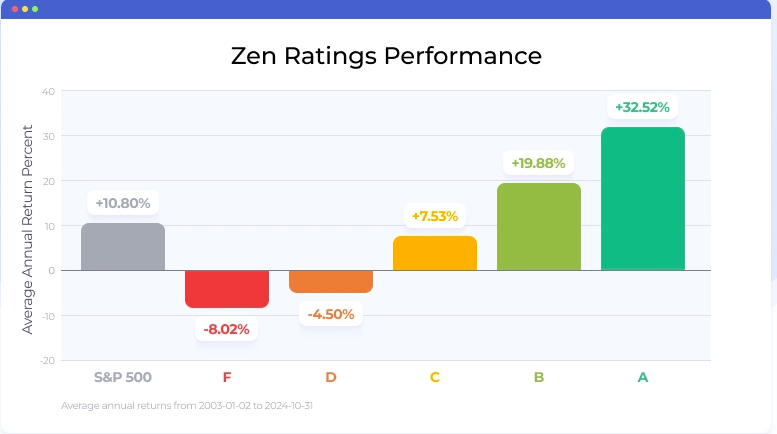Top 10 Tips To Evaluate The Integration And Compatibility Of Ai Analysis And Prediction Of Stocks Trading Platforms
Integrity and compatibility are the most important aspects to take into consideration when looking at AI software for stock forecasting and analyzing trading platforms. An AI platform that is seamlessly integrated into your current workflows and tools can boost efficiency and increase productivity. Here are our top 10 recommendations for assessing the compatibility and integration of these platforms.
1. Check Brokerage Integration
Supported Brokers: Ensure that your platform is compatible with your brokerage account or trading platform.
Trade execution: Ensure that the platform supports the direct execution of trades via the broker that is integrated.
Account synchronization. Find out if the platform permits you to connect your account balances in real-time, as well for transactions and positions.
2. Examine API Availability
API access: Make sure the platform has an API (Application Programming Interface) for developers to build customized tools or automate workflows.
API documentation: Check for examples that clearly demonstrate how the API is used.
Rate limits: Determine if your API has reasonable limits on rates which can accommodate the amount of use you anticipate.
3. Assessment of Third-Party Tools Integration
Popular tools See whether there is any connections between the platform and tools such as Google Sheets, Excel, or trading robots.
Export and import of data: Ensure that the platform supports easy export and import of data into and out of other tools.
Extensions/Plugins: Make sure your platform supports plugins and extensions to add more features.
4. Test Compatibility using Operating Systems
Desktop compatibility. Ensure the operating system you prefer (Windows, macOS, Linux) are supported.
Mobile compatibility Check whether the platform has an application for iOS or Android.
Web-based Access: Check if you are able to access the platform using an internet browser to improve flexibility.
5. Evaluation of Data Integrity Capabilities
Data sources: Make sure the platform is able to integrate with various data sources (e.g., market data providers, news feeds, social media sentiment).
Real-time analytics: Be sure your platform supports real-time analysis.
Import historical data: Determine whether the platform supports the import of historical data for backtesting or analysis.
6. Verify compatibility between cloud and on-premise
Cloud-based Platforms: The platform should be available anywhere there is an internet connection.
On-premises deployment: Check if the platform you’re using is compatible with deployment on premises.
Take a look at the hybrid model. It combines on-premise and cloud capabilities.
7. Check for Cross-Platform Synchronization
Device synchronization: Make sure that the platform syncs settings and data across devices (desktop, tablet, mobile).
Real-time updates: Check if your changes made to one device instantly show up on other devices.
Offline access: Check whether the platform permits restricted functionality or data access in offline mode.
8. Evaluation of compatibility with trading strategies
Algorithmic trading – Ensure that the trading platform you choose is compatible with automated or algorithms-based trading strategies.
Custom indicators: Check whether the platform permits the use of custom technical indicators or scripts.
Backtesting strategies: Check that your platform allows the backtesting of trading strategies with historical data.
9. Examine Security and Compliance
Data encryption: Ensure that the platform uses encryption for data that is in stationary and while in transit.
Verify that the platform offers secure authentication methods, such as two-factor authentication.
Regulatory compliance: Check if the platform complies with relevant laws (e.g., GDPR, FINRA, SEC).
10. Test Scalability Performance
Scalability: Make sure the platform is able to handle an ever-growing amount of data as well as users to ensure that it is able to adapt to the needs of your business.
Performance during load: Verify whether the platform performs as expected under high-volatility conditions.
Resource usage: Make sure your platform makes the most efficient use of system resources such as CPU, memory and bandwidth.
Bonus Tips
Feedback from users: Search for user reviews and testimonials when you are evaluating the platform.
Trial period: Take advantage of a free trial or demo to test the integration of the platform with your existing tools and workflows.
Customer Support: Ensure your platform has a robust assistance for integration issues.
These tips will help you evaluate the compatibility and integration of AI analysis and stock prediction platforms. This will help ensure that they are compatible with your existing systems, and improve your efficiency in trading. See the most popular using ai to trade stocks for site recommendations including stock ai, ai investing app, best AI stock trading bot free, using ai to trade stocks, using ai to trade stocks, best AI stock trading bot free, best ai trading software, AI stocks, best AI stock trading bot free, ai investing and more.

Top 10 Ways To Assess The Reputation And Reviews For AI stock-Predicting And Trading Platforms.
To ensure trustworthiness, reliability and effectiveness, it is essential to assess the reputation and review of AI-driven prediction and trading platforms. Here are 10 top tips to assess their reputations and reviews.
1. Check Independent Review Platforms
Read reviews of reliable platforms such as G2, copyright, and Capterra.
What is the reason? Independent platforms permit users to offer honest feedback.
2. Study user testimonials and case studies
Utilize the platform’s website to read user testimonials as well as case studies and other details.
The reason: These insights offer real-time feedback about performance and satisfaction of users.
3. Read Expert Opinions from Industry Experts Recognition
Tips: Find out to determine if the platform was reviewed or recommended by financial analysts, or other reputable publications.
Expert endorsements are a great way to boost credibility and trustworthiness to any platform.
4. Social Media Sentiment
Tips: Visit social media sites for discussion and opinions on the platform (e.g. Twitter, LinkedIn, Reddit).
Social media offers you the an opportunity to listen to thoughts and opinions that aren’t restricted.
5. Verify that you are in compliance with the regulations
TIP: Ensure that the platform is in compliance with privacy laws governing data and financial regulations.
Why? Compliance is important to ensure that the platform operates ethically and legally.
6. Seek out Transparency in Performance Metrics
Tip: Assess whether the platform offers transparent performance metrics (e.g. rate of accuracy and ROI, results from backtesting).
Why: Transparency increases trust and also lets users assess the platform’s effectiveness.
7. Be aware of the quality of service provided by customers.
Tips: Read user reviews on the platform’s customer support responsiveness and efficiency.
The reason: Having dependable support is crucial to solving problems with users and ensuring an overall positive experience.
8. Check for Red Flags in Reviews
Tips Look for complaints that are repeated. These could be insufficient performance, hidden charges or a lack of updates.
The reason: A pattern of consistently negative feedback could indicate problems on the platform.
9. Evaluation of User and Community Engagement
Tips: Check whether the platform interacts with its users regularly and has a vibrant community.
Why strong communities are a sign of the satisfaction of users and their continued support.
10. Find out more about the company’s performance in the past
Tip: Investigate the company’s history, leadership team, and past performance in the area of financial technology.
Why: A proven track record boosts confidence in the reliability of the platform and experience.
Compare Multiple Platforms
Compare the reputation and reviews of various platforms to figure out which is the best for you.
The following tips can assist you in assessing the reliability of AI trading and stock prediction platforms. You will be able to choose a solution that is reliable and effective. View the recommended next page for best AI stock prediction for more examples including AI stock analysis, trading ai tool, best AI stock prediction, stock trading ai, ai for trading stocks, best AI stocks, stock trading ai, ai options trading, AI stock prediction, AI stock analysis and more.
